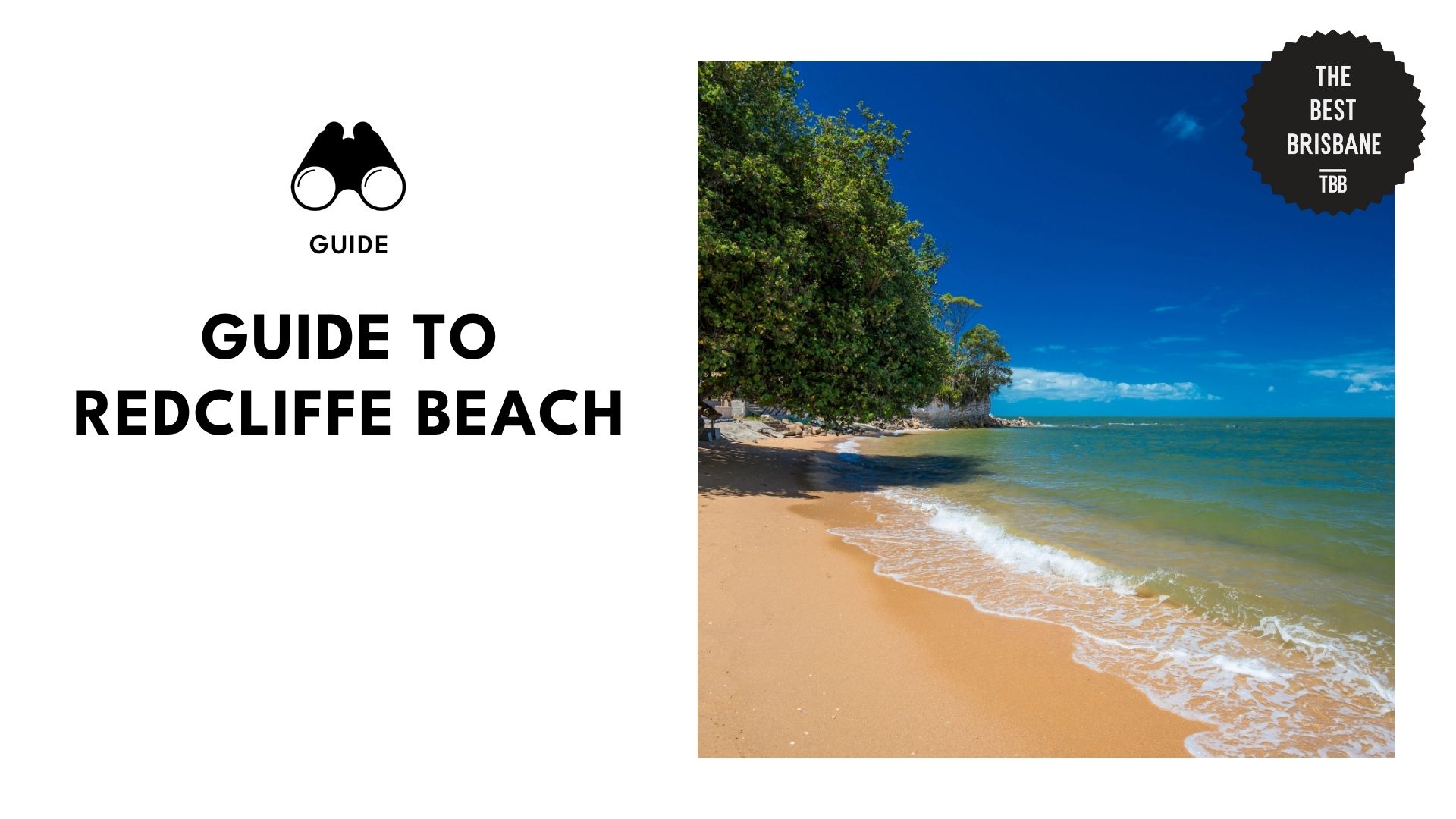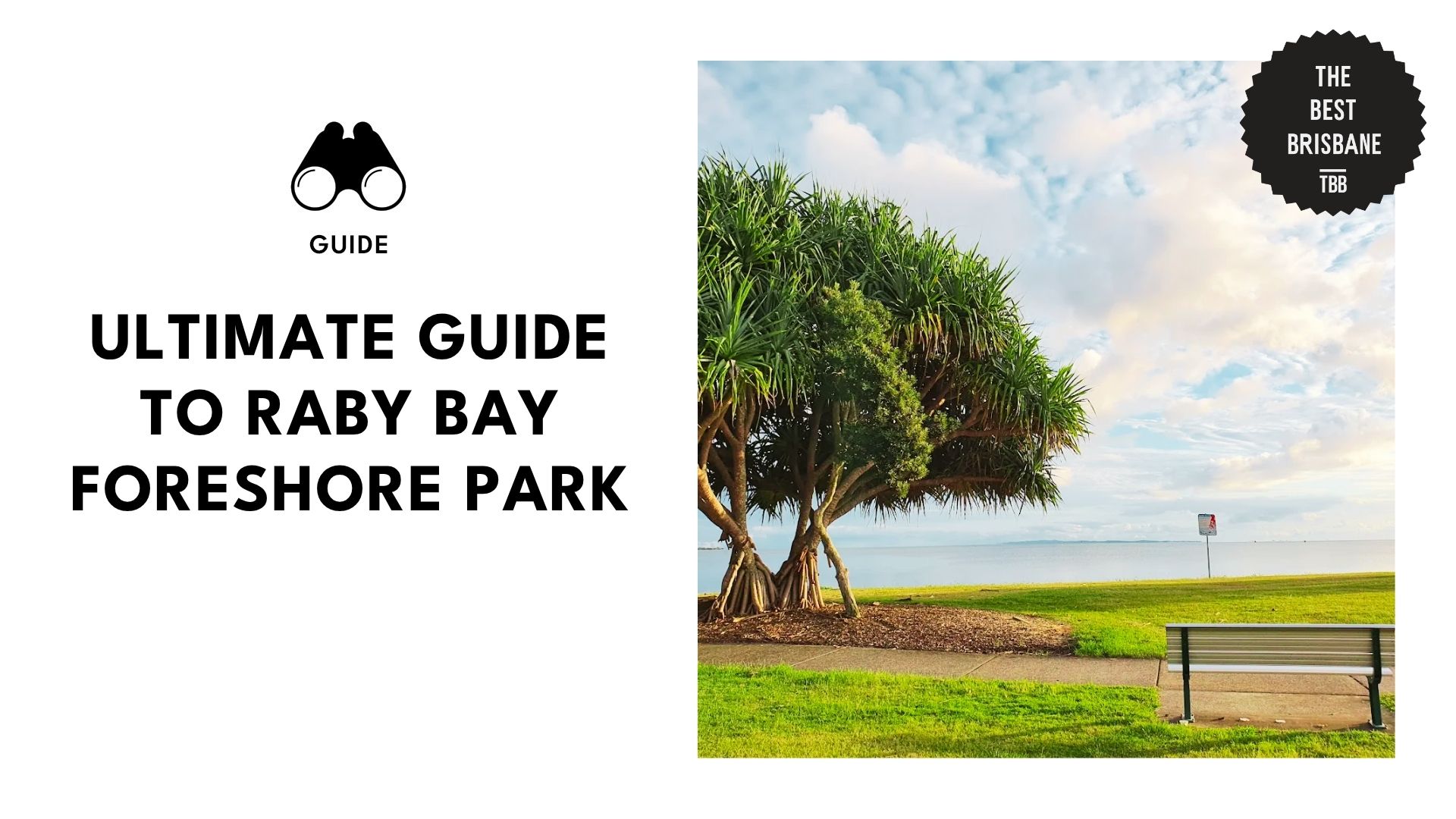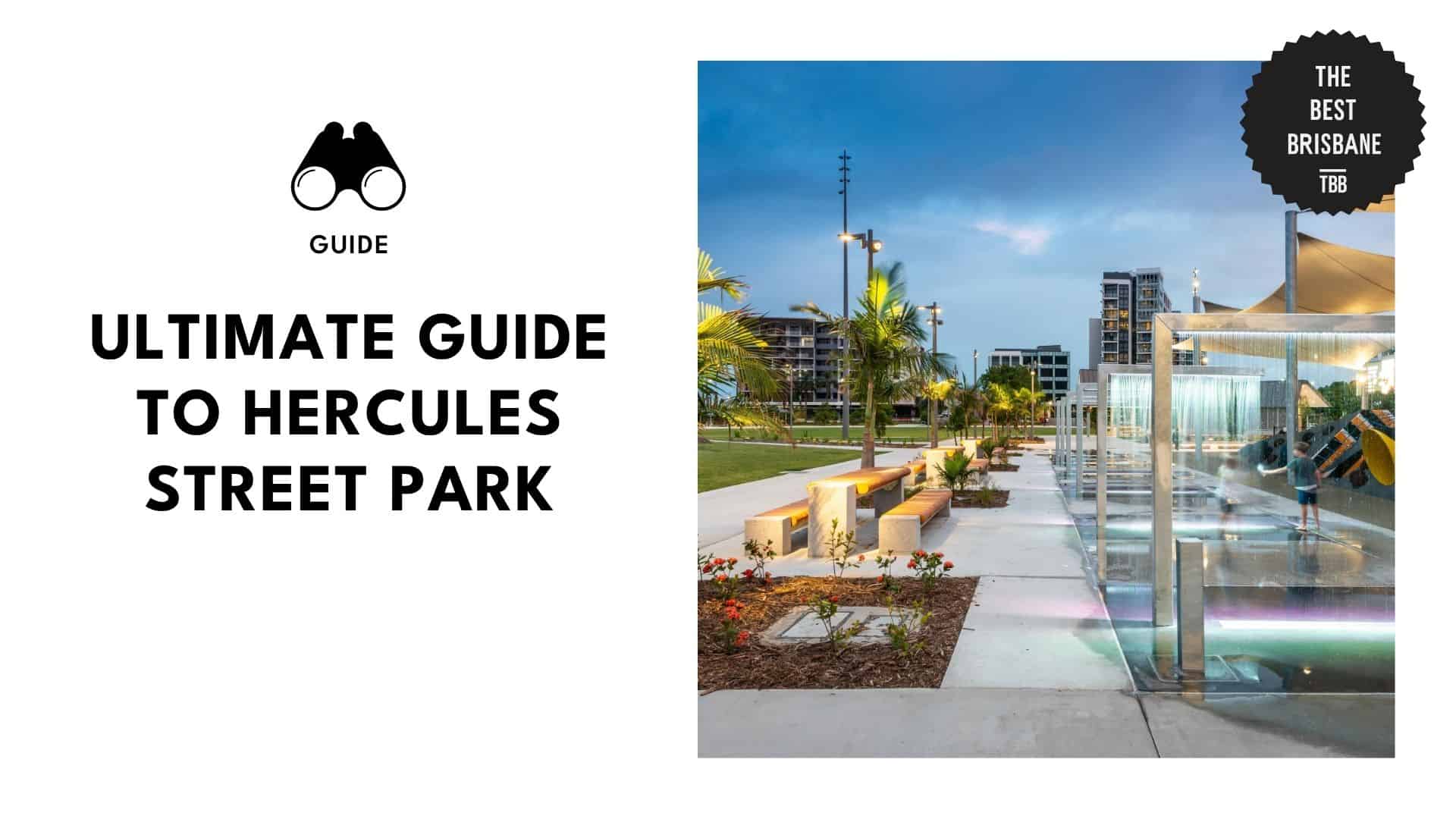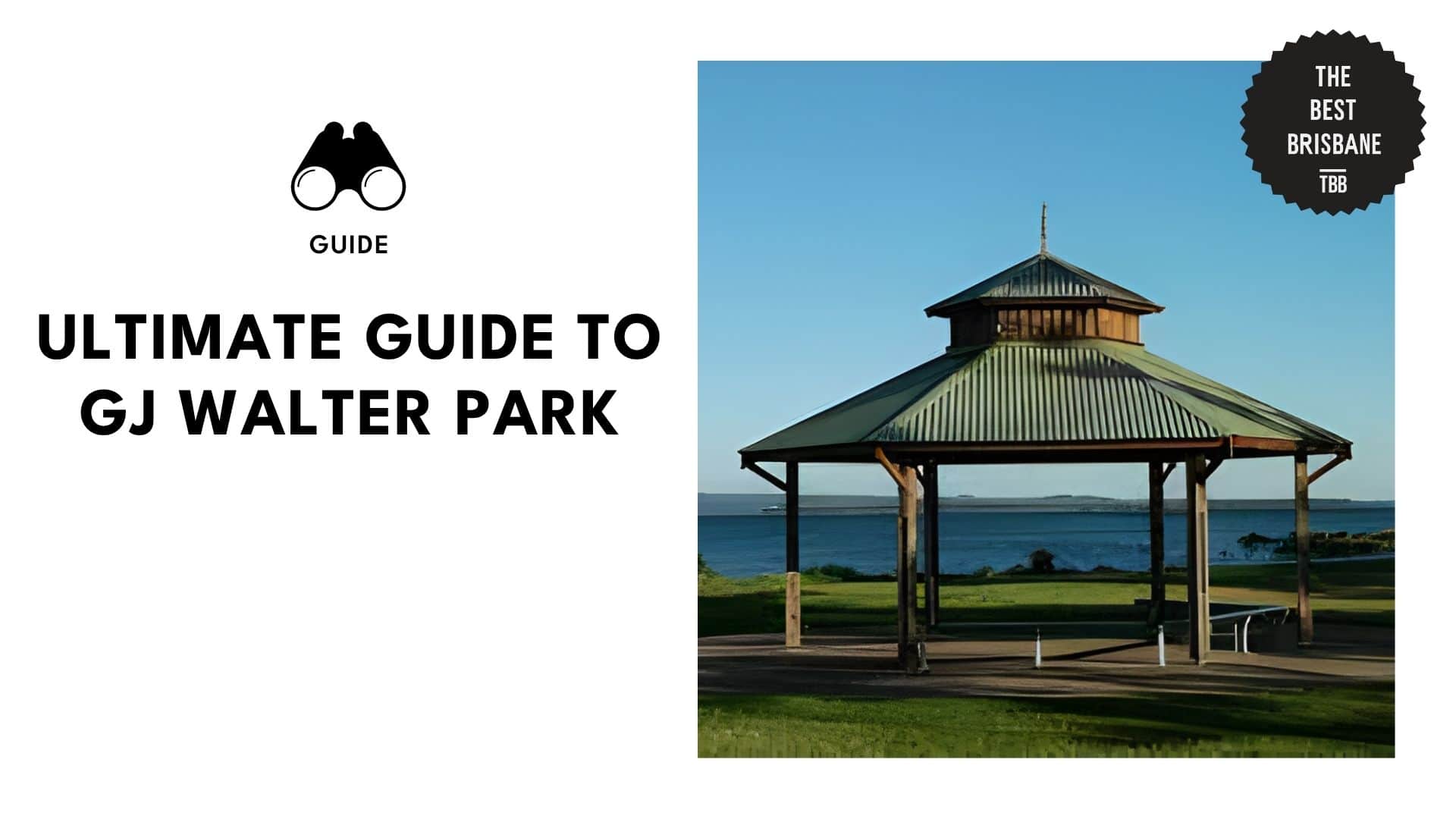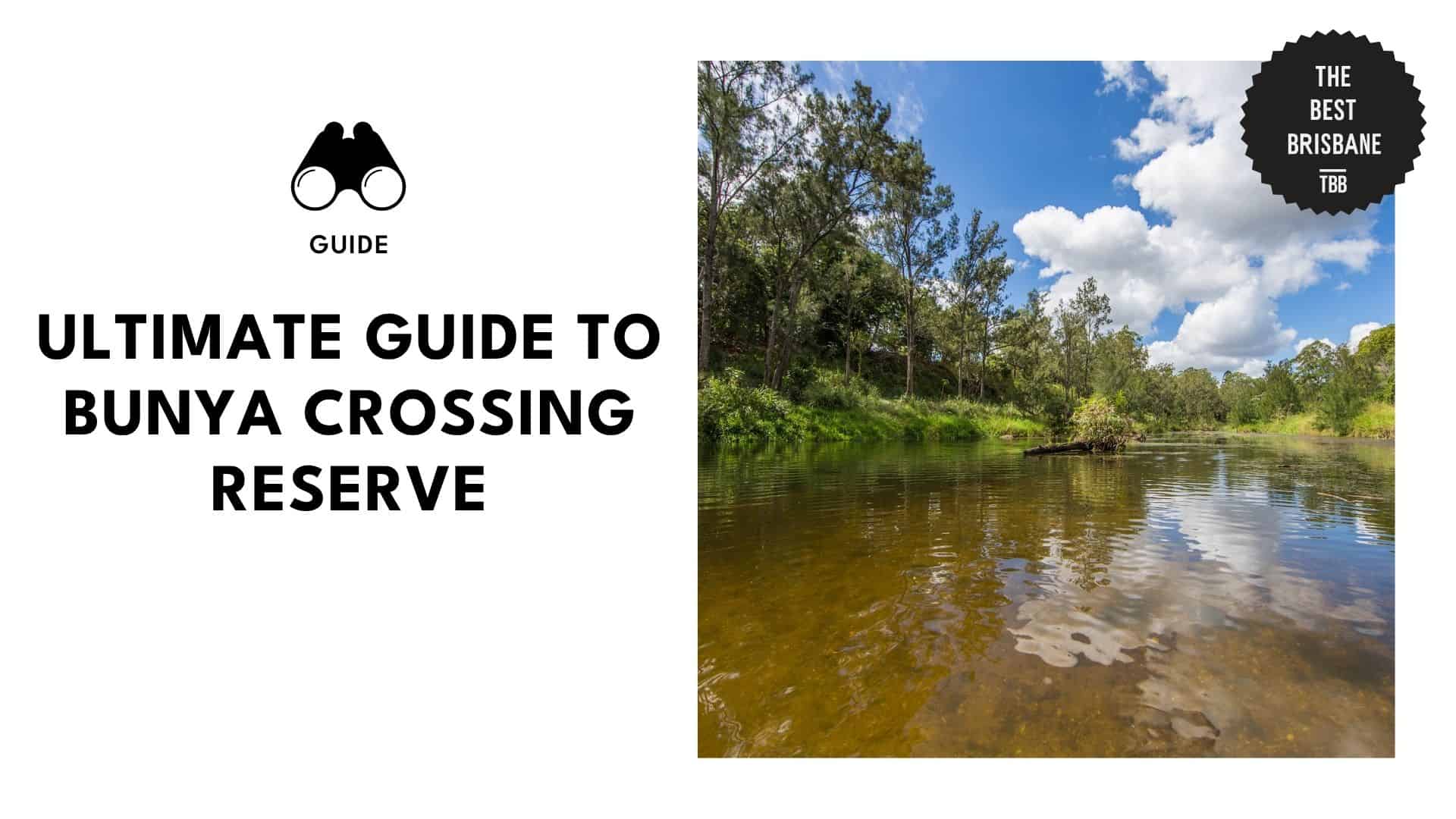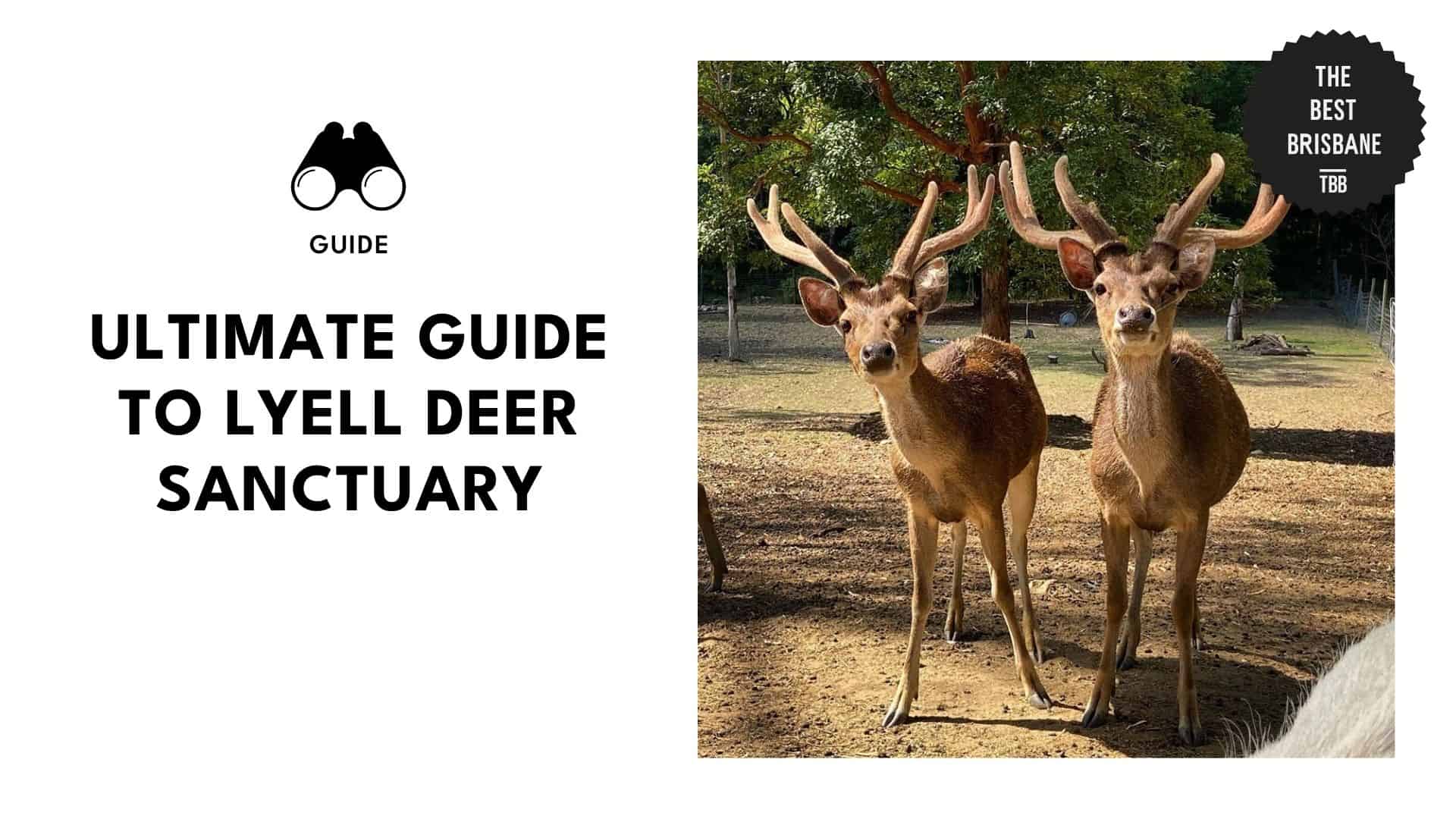Categories > Guides and Tips
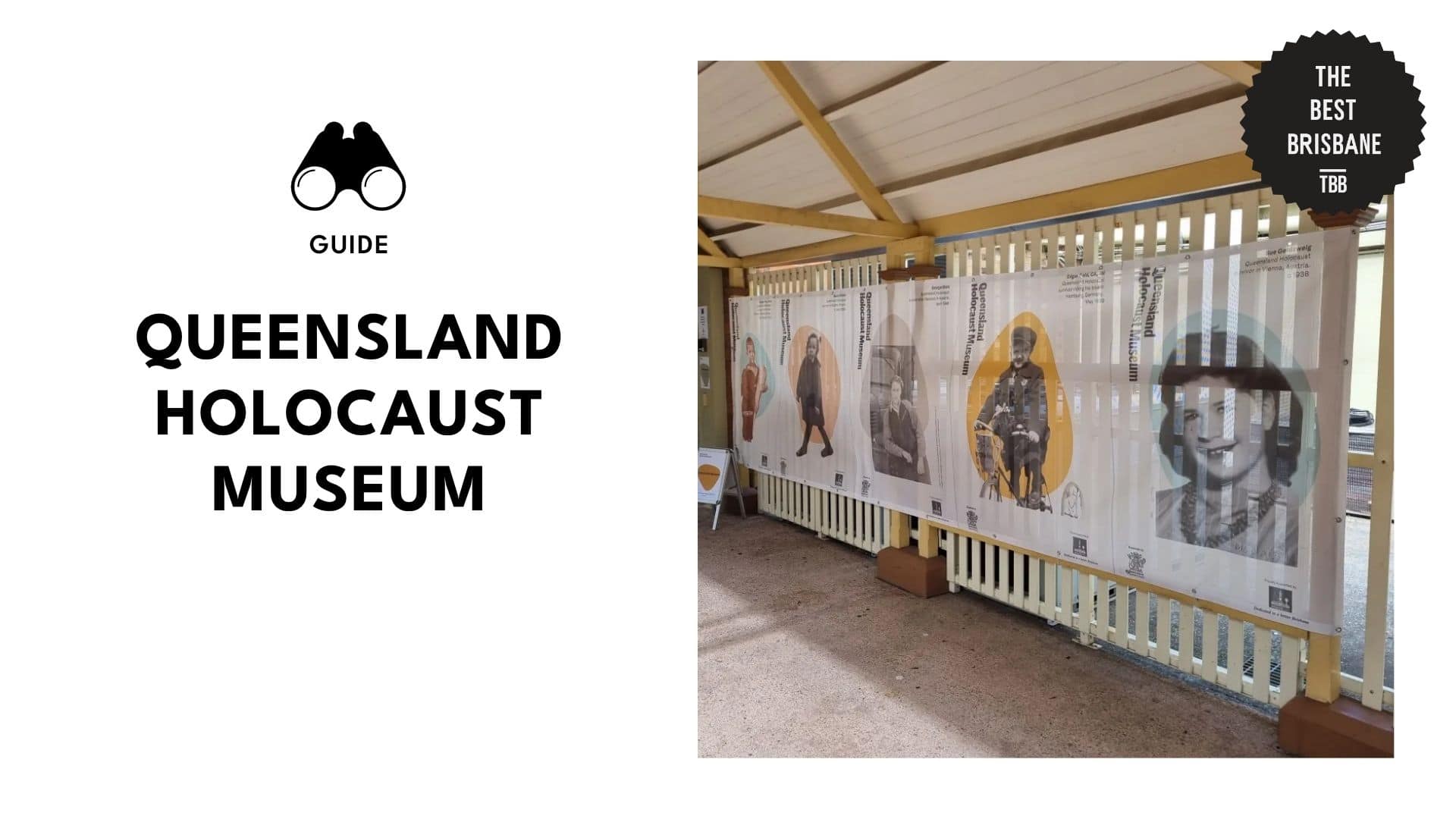
Honoring Memory at Queensland Holocaust Museum
- Overview of the Queensland Holocaust Museum
- How to get there
- Origins & Ethical Mission
- Why This Museum Matters
- What to Do inside the Holocaust Museum
- Experience the discovery pods and virtual reality
- Attend workshops and community events
- Reflection Tips
- Community Impact & Cultural Significance
- Where to Go near the Queensland Holocaust Museum
- City Botanic Gardens
- St. Stephen’s Cathedral
- Eagle Street Pier
- FAQs
Stepping off Charlotte Street into the Queensland Holocaust Museum & Education Centre in Brisbane, I felt like I’d stumbled into one of the city’s most powerful cultural landmarks.
It’s not your typical stop on a Brisbane itinerary. Unlike art galleries or science centres, this isn’t a place to just “see” exhibits. It’s a place to pause and to connect with stories that ripple far beyond the city itself.
Whether you’re a teacher bringing a school group or a local seeking a deeper connection to community history, the Queensland Holocaust Museum is a poignant reminder of why remembrance matters.
Overview of the Queensland Holocaust Museum
– Media from: qld_holocaust_museum
Address: 168 Charlotte Street, Brisbane City, QLD 4000
Contact: +61 7 3180 8846
Hours: Tuesdays, Thursdays, and Sundays: 9:00 AM to 4:00 PM (last entry around 3:15‐3:30 PM)
Pricing: $
Located in a heritage building just minutes from Central Station and the Botanic Gardens, the museum seamlessly blends history and reflection. It leaves a lasting impression that endures long after you leave.
From the first display case, artifacts once carried by families who rebuilt their lives in Queensland, the experience feels deeply human. The “Discover Pods” share survivor testimonies, while the Butterfly Memorial Wall is both haunting and beautiful.
I found myself moving slower than expected because every corner carries a story worth lingering over.
How to get there
By Train: I arrived on foot from Central Station in less than a ten-minute stroll through the city streets. If you’re coming by train, Central is your best bet. However, Roma Street and South Bank stations also connect smoothly with nearby bus routes.
By Car: If you’re driving, there are several paid parking garages nearby, including those around the Brisbane GPO and Eagle Street Pier. Personally, I’d recommend leaving the car at home, as public transport saves the stress of city traffic.
Origins & Ethical Mission
– Media from: qld_holocaust_museum
I still remember walking up to the museum’s entrance for the first time. The facade, tucked neatly into Charlotte Street’s cathedral precinct, is heritage-style and understated, yet immediately commands respect.
The Queensland Holocaust Museum officially opened its doors in June 2023, marking a milestone moment for the state. Until then, Queensland was the only major Australian state without a dedicated Holocaust education centre.
Its arrival was made possible through a unique partnership among survivors, community advocates, and institutions such as the Catholic Archdiocese of Brisbane.
Why This Museum Matters
– Media from: qld_holocaust_museum
What struck me most was how intentionally the mission is framed. The museum isn’t only about recounting Nazi atrocities or preserving survivor stories, it’s also about confronting what intolerance and indifference look like in every generation.
From the beginning, its board and volunteers made it clear that this space exists not just to honor those who suffered. It also challenges visitors, students, and locals to consider their role in building a more tolerant society.
The museum isn’t grandiose, and it doesn’t need to be. Every choice is grounded in an ethical mission: to ensure Queenslanders, especially younger generations, have access to history’s hardest lessons.
What to Do inside the Holocaust Museum
Experience the discovery pods and virtual reality
– Image from: designteam.aus
The museum also leverages technology to enhance the experience. The “discover pods” are immersive spaces where you sit down, put on headphones, and let testimony or archival footage unfold.
Then there’s the Butterfly Memorial Wall, a delicate installation remembering the 1.5 million children killed in the Holocaust. It’s not dramatic, but it lingers in memory long after you leave.
Perhaps the most striking innovation is the VR experience, Sorella’s Story, filmed on location in Latvia. For a few minutes, you step inside a re-creation of history, seeing what Sorella and others saw.
Attend workshops and community events
– Media from: Media from: qld_holocaust_museum
What impressed me was the balance between memory and action.
This place isn’t just a symbolic site for commemoration, it’s a functioning institution with a genuine mission. The museum hosts workshops and community events that make Holocaust education accessible to everyone.
Its programming is designed to create “upstanders” rather than bystanders, encouraging visitors to challenge intolerance in their own circles. It’s the kind of civic space that is equipped.
Reflection Tips
| Pro Tips: On average, I’d say give yourself at least 45 to 60 minutes, though 90 minutes is ideal if you want to pause and truly absorb the stories. The last entry is usually around 3:15 or 3:30 PM, which gives visitors enough space to complete the experience before closing. We suggest planning your visit for quieter times (weekday mornings or early on a Sunday). Crowds can dilute the intimacy, and silence matters here. |
Community Impact & Cultural Significance
Walking through its exhibits, I realized how urgently those lessons still resonate today. In a world where antisemitism and intolerance are once again on the rise, the museum feels more timely than ever.
The museum harnesses the power of personal storytelling through the voices of survivors and local Jewish community members. It’s a reminder that ongoing issues demand our awareness.
The museum has been awarded for both its physical space and its online presence, a rare feat for a new cultural institution. That tells me it’s not only preserving memory with care but also innovating in how it reaches people.
Whether through its heritage-listed building in Brisbane’s CBD or its mobile museum programs across Queensland, the museum makes history accessible everywhere. It carries you to places you may never have gone to before.
Where to Go near the Queensland Holocaust Museum
After you step back outside, the contrast between the museum’s heavy atmosphere and Brisbane’s bustling CBD can feel jarring. That’s why I always build in a moment of transition. Here are a few nearby spots worth exploring:
City Botanic Gardens
– Media from: afterglow_australia
Address: 147 Alice St, Brisbane City, QLD 4000, Australia
Contact: +61 7 3403 8888
Hours: Open 24 hours
Admission: Free entry
When I step into the City Botanic Gardens, it feels like the city suddenly softens around me. The traffic noise fades, replaced by the sound of fig trees and the view of paths shaded by palms and bamboo.
I love wandering along the riverside walk, where the Brisbane River curves past the gardens. Cyclists and joggers pass by, but there’s always room to pause on a bench and just watch the water sparkle.
The gardens are the perfect complement to a visit to the museum. One place calls for reflection on humanity’s darkest chapters, while the other reminds you of renewal and resilience.
St. Stephen’s Cathedral
– Media from: _tophz_
Address: 249 Elizabeth St, Brisbane City QLD 4000, Australia
Contact: +61 7 3324 3030
Hours: Monday to Friday, 8:30 AM – 4:30 PM
Admission: Free entry
After the intensity of the exhibits in the Holocaust Museum, I often find myself drawn to St. Stephen’s Cathedral (just a short walk away). Its high arches and colored glass make it feel like a place meant for quiet reflection.
I usually take a seat in one of the pews, letting the silence do its work. The cool stone and the footsteps make it a natural place to process everything I’ve just experienced at the museum.
For me, pairing the museum with a stop at the cathedral adds balance to the day. The museum reminds me how low humanity can fall, while the cathedral reminds me of our shared search for meaning and renewal.
Eagle Street Pier
– Media from: brisbanecity
Address: 10 Eagle St, Brisbane City, QLD 4000, Australia
Contact: +61 7 3156 2894
Hours: Tuesday to Saturday, 11:30 AM – 10:00 PM
Admission: Free entry
Another spot worth exploring after leaving the museum is Eagle Street Pier, located just a few minutes away along the river. The shift in atmosphere is immediate—suddenly you’re by the water, with the Story Bridge rising overhead.
Once a ferry terminal, it’s now known for its mix of dining spots, from relaxed cafes serving brunch with river views to upscale restaurants like OTTO and Aria.
